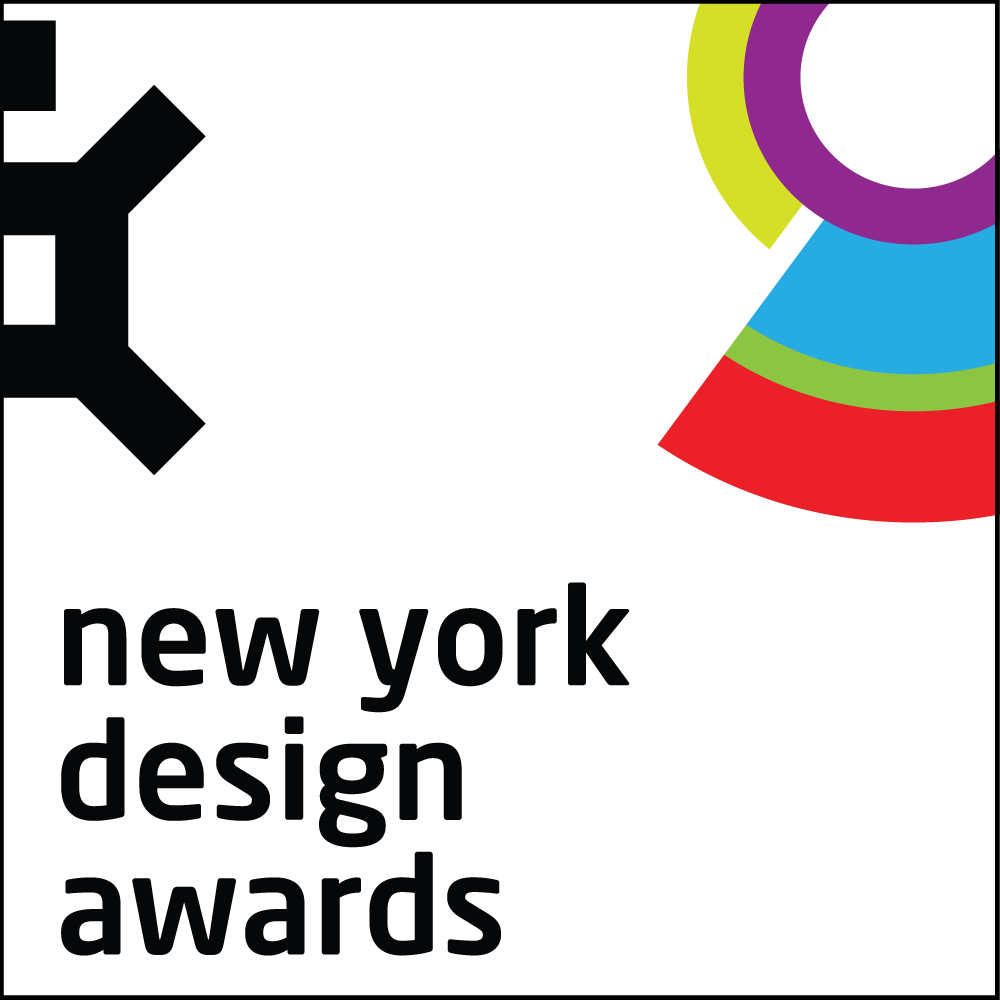









Image Credit : Photograph by au2026.

Project Overview
From 1933 to 1941, as the world moved towards war, European Jews sought haven from the Nazis, reaching out to relatives, friends, even strangers. The exhibition “Against the Odds” tells the little-known story of the real-life Americans who answered that call. Despite strict immigration laws, these generous few, many immigrants themselves, overcame tremendous obstacles to help the refugees to safety.
Project Commissioner
Project Creator
Team
Jonathan Alger (Partner in Charge & Creative Director), Daniel Fouad (Exhibit Design), Kelsey Cohen (Graphic Design & Content Coordination), Monika Thorson (Exhibit Design), Zak Greene (Interactives & Media), Max Millermaier (Media, Sound & Hardware Design)
Project Brief
As the Wall Street Journal wrote,
“This wrenching and elegant exhibition tells its story, of both rescue and the impediments to rescue, almost as much through design (by C&G Partners) as content. It is constructed as a sort of maze with walls of paper. Exhibits are displayed not in conventional vitrines, but on slabs resembling tables (evoking endless visits to U.S. consulates) or (closed) doors. Color, too, is used effectively, with text panels in red, for instance, denoting high danger and those in black symbolizing the cutoff of avenues of escape once World War II began.”
History matters a great deal. The main goal was to get visitors thinking about how the lessons of the past can be applied to the present day. These issues are all still open, with immigration policy as vital a topic today as it was then. The audience for the exhibit was the general public – with no assumptions about pre-existing knowledge – and school groups on tours
Project Innovation/Need
In our office, we made full-size paper prototypes of literally everything, from the paper wall system seen in the photographs to every graphic type that was shown. We set up and tested every single multimedia piece, soundscape, and interactive device inside our office and invited our client team to experience it as well, in a lively and iterative process.
In addition to hundreds of hours of curatorial and historical research, the project team reviewed relevant national, state, and local history standards as well as the Common Core Learning Standards during the exhibition planning process. In addition, staff reviewed New York State Regents Exams from years past to be able to support teachers in preparing their students for required content. These standards also informed development of a tour outline and teacher’s guide with pre/post classroom activities.
The team also developed tour and classroom materials with experience from past special exhibitions in mind. Years of experience have taught the staff what aspects of American and World History are better and less known by students.
Design Challenge
The challenge began with conveying the immigration process into the United States leading up to World War II. The visitor needed to be pulled into the time period and its multiple contexts to truly experience the courage and sacrifice made by these families. A series of bureaucratic challenges needed to be done in a dramatic and exhibit-able way.
Additionally, the artifacts on display needed to be integrated in a relevant and compelling fashion, despite the fact that they are almost all small and dim pieces of paper.
We believe that real, rare artifacts are one thing museum exhibits offer that no other medium of communication can ever challenge. Therefore, it is unique to the DNA of museums. The artifacts are supplemented by the interactive experiences, score, AV installations and personal accounts.
The paper walls we created – there are no real walls – work to divide the exhibition into color-coded zones that tell the story in sequence, from the earliest days of warning, to the desperate crush as Nazi Germany overran the nations of Europe. The paper walls show how bureaucracy can trap and kill just as effectively as armies can.
Sustainability
95% of the mass of the entire exhibit will be re-used, not discarded. Items the client will salvage and set aside for future projects include all projectors and mounts, all iPads and covers, all speakers and playback systems, the control network, all lighting, all tables, all special graphic towers and platforms, all artifact vitrines, and all frames. The ‘paper walls’ can be demounted and used for scrap. The wall paint for the entire exhibit – a very dark blue – was chosen as a suitable background for all future exhibits in the space going forward.
The exhibition was built economically. For example, the entire ‘wall’ system was built with less than $2,000 worth of supplies. The wall system for the entire exhibit fit on a single desk before assembly, including fishing wire, standard reams of all-recycled-content paper, and tiny clamps.
Installation, Display, Exhibit & Set Design
This award celebrates innovative and creative design for a temporary building or interior. Consideration given to materials, fixtures, finishes, signage and traffic flow.
More Details

